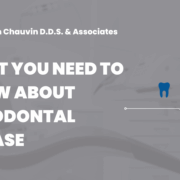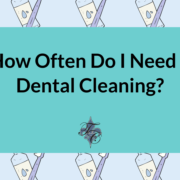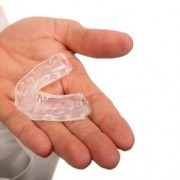What you need to know about Periodontal Disease
Periodontal disease, also known as gum disease, is a serious condition where the gums begin to pull away from the teeth, creating pockets that trap bacteria and debris. Over time, these pockets can become infected, triggering an immune response that damages the bone and connective tissue that support your teeth. If left untreated, periodontal disease can lead to tooth loss.
At Tim Chauvin DDS & Associates, we help patients throughout Lafayette catch and treat periodontal disease before it reaches this advanced stage.
Understanding Periodontal Disease
Gum disease typically begins as gingivitis, a mild inflammation of the gums. At this stage, no permanent damage has occurred, and the condition is fully reversible with proper care. If not treated, gingivitis can progress into periodontitis, where bone loss and permanent gum damage begin.
Common Signs of Periodontal Disease:
-
Swollen, red, or tender gums
-
Gums that bleed easily during brushing or flossing
-
Gums receding or pulling away from teeth
-
Loose or shifting teeth
-
Changes in bite or tooth alignment
-
Pain while chewing
-
Persistent bad breath or a bad taste in the mouth
-
Tooth sensitivity
Can Periodontal Disease Be Reversed?
In the early stages, yes. Periodontal disease can often be managed and even reversed with early intervention and a strong at-home oral hygiene routine. This includes:
-
Brushing twice daily (especially after waking and before bed)
-
Rinsing with water or brushing after meals and snacks
-
Flossing daily, especially under the gumline
-
Using an antibacterial mouthwash twice a day
However, once gum disease has progressed, professional dental care is essential.
Professional Periodontal Treatments
At Tim Chauvin DDS & Associates, we offer advanced periodontal treatment options tailored to your needs. If X-rays show deep pockets of bacteria under the gumline, we may recommend:
-
Scaling and root planing: A deep cleaning to remove plaque and bacteria
-
Antibacterial rinses or medications
-
Surgical treatment: In more advanced cases, your dentist may perform gum flap surgery to clean infected areas more thoroughly and reposition the gums for better healing
Most patients experience significant improvement with treatment and regain healthy function of their teeth and gums.
Schedule Your Gum Evaluation Today
Don’t ignore the signs of gum disease. With early detection and the right treatment plan, you can protect your smile and avoid long-term damage. If you’re noticing changes in your gums or experiencing symptoms of periodontal disease, contact Tim Chauvin DDS & Associates in Lafayette today to schedule your exam.
We’re here to help you restore your oral health and confidence – starting with your gums.






